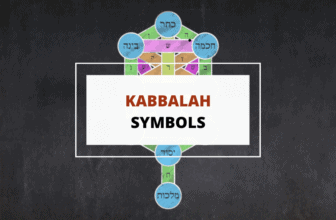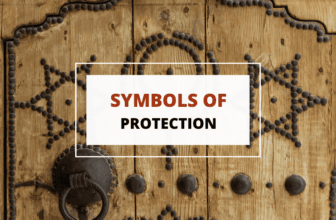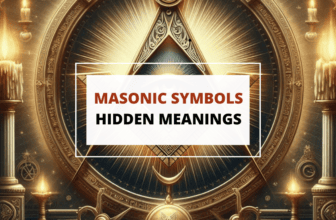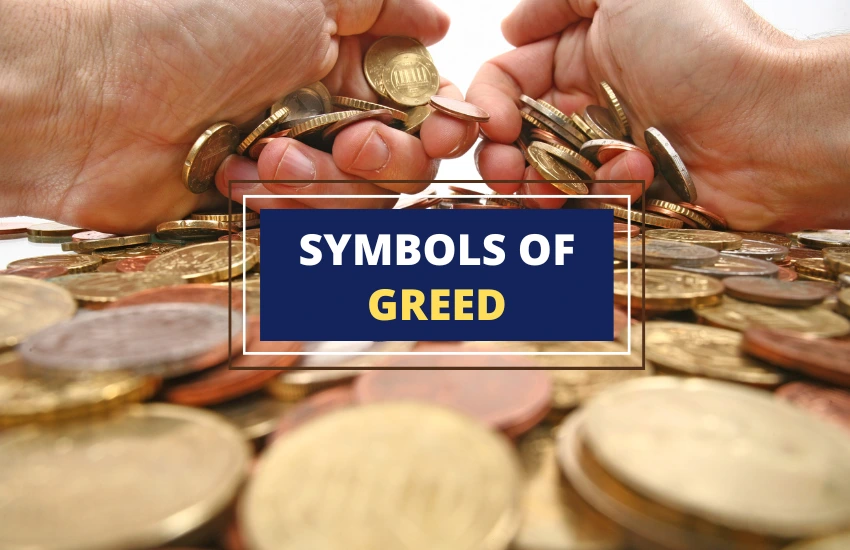
Table of Contents
Greed is a concept that’s been explored in various forms throughout history, from ancient myths and folklore to modern-day literature and popular culture.
It’s a powerful force that can drive individuals and societies to pursue wealth and material possessions at all costs, often at the expense of others.
In this article, we’ll explore 15 symbols of greed that have emerged throughout history, examining their cultural significance and exploring the ways in which they continue to shape our understanding of this complex human emotion.
From the golden calf of biblical lore to the iconic image of Scrooge McDuck diving into his money bin, these symbols serve as reminders of the dangers of unchecked greed and the importance of finding a balance between material success and ethical behavior.
1. Golden Calf
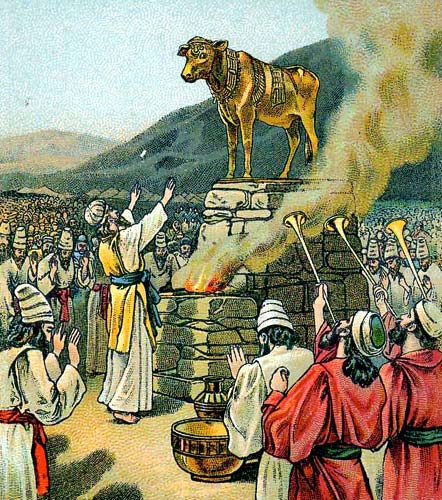
The golden calf is a symbol of greed that appears in the Book of Exodus. According to the story, while Moses was receiving the Ten Commandments from God on Mount Sinai, the Israelites became impatient and demanded that Aaron create a god for them to worship.
Aaron fashioned a golden calf out of the people’s jewelry, and the Israelites began to worship it, despite it being a violation of the first commandment.
The golden calf has since become a symbol of idolatry and greed, as well as a warning against the dangers of materialism and the worship of false idols.
The story has been interpreted in various ways by different religious traditions, with some seeing it as a condemnation of the pursuit of wealth and material possessions at the expense of spiritual values.
2. Money Bag

The money bag represents the accumulation of wealth and the desire for material possessions, often at the expense of others.
The image of a money bag has been used in literature, art, and popular culture to represent greed and corruption, with characters often depicted clutching a bag of money as a symbol of their avarice.
In some cultures, the money bag has been associated with thieves and bandits, while in others, it’s seen as a symbol of the power and influence of the wealthy elite.
Today, the image of a money bag is often used in advertising to appeal to consumers’ desire for wealth and financial success.
3. Hoard
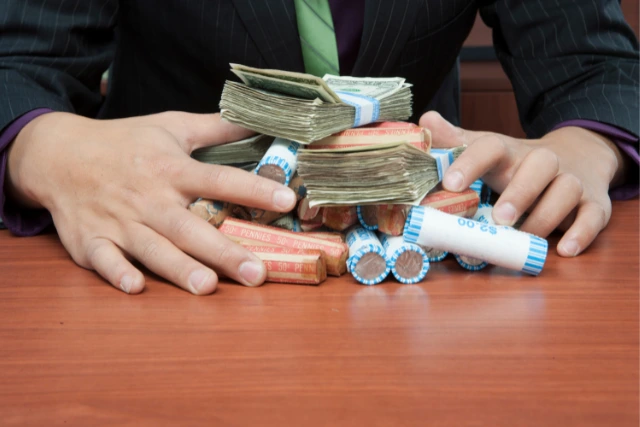
A hoard is a symbol of greed that represents the accumulation of wealth or valuables. It can refer to a collection of objects or a stockpile of money or other resources.
The hoard is often associated with greed and selfishness, as those who amass such wealth may be unwilling to share it or use it for the greater good.
Throughout history, hoards of treasure have been a common motif in mythology and folklore, often guarded by dragons or other mythical creatures. In modern times, the hoard may refer to the wealth of individuals or corporations, highlighting the unequal distribution of resources in society and the dangers of unchecked greed.
4. Mansion

Mansions represent greed, excessive wealth, and opulence. The image of a grand, luxurious home is often associated with the wealthy elite, who are seen as living lives of extravagance and excess.
The mansion may also represent the desire for social status and power, as those who live in such homes are often seen as successful and influential.
Throughout history, mansions and palaces have been symbols of power and wealth, from the lavish estates of European monarchs to the sprawling mansions of modern-day billionaires.
Today, the mansion remains a potent symbol of the divide between the haves and the have-nots, highlighting the dangers of unchecked greed and the need for greater social and economic equality.
5. Diamond

Another popular symbol of greed, the diamond signifies materialism and status. Diamonds are one of the world’s most valuable gemstones, prized for their rarity and beauty.
However, the diamond industry has also been associated with greed and corruption, with stories of exploitation and conflict surrounding diamond mining in many parts of the world.
The diamond has become a symbol of the pursuit of wealth and status, with the diamond ring serving as a classic symbol of romantic love and the diamond necklace or earrings representing a sign of social status and wealth.
This stone has also been associated with greed in popular culture, with movies and TV shows often featuring characters who will do anything to acquire or protect their precious diamonds.
6. Pig

The pig represents gluttony and excess. In many cultures, the pig has been associated with greed due to its reputation as an animal that will eat anything in its path.
While in some religious traditions, notably Islam and Judaism, this animal is seen as unclean or impure, further reinforcing its negative association with greed and excess.
In popular culture, characters who are depicted as greedy or selfish are sometimes portrayed as pig-like in appearance or behavior, emphasizing their desire for food, money, or other material possessions.
7. Serpent

Serpents symbolize greed, temptation, and corruption. In many religious traditions, the serpent is also associated with deceit and cunning, tempting humans to act against their better judgment or to pursue material wealth at the expense of spiritual values.
In the Bible, the serpent is depicted as the villain who leads Adam and Eve astray, resulting in their expulsion from the Garden of Eden.
The serpent has also been associated with greed in mythology, with stories of dragons or serpents hoarding treasure or demanding tribute from those they control.
8. Dragon

The dragon is typically regarded as a symbol of greed that also represents power and avarice. In many cultures, the dragon is associated with wealth and treasure, hoarding vast sums of gold and other valuables.
In mythology, dragons are often depicted as fierce guardians of their treasure, willing to defend it with their lives.
The dragon has also been associated with greed in popular culture. Characters such as Smaug from J.R.R. Tolkien’s “The Hobbit” or the dragons in the “Game of Thrones” series serve as powerful symbols of greed and the dangers of unchecked power.
9. Pile of Coins
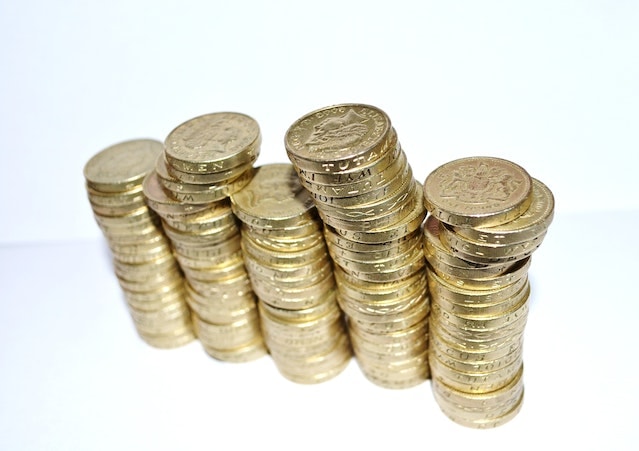
A pile of coins is another symbol of greed that also represents the accumulation of wealth and the desire for material possessions.
The image of a pile of coins is often associated with greed and the pursuit of money, with the implication that those who amass great wealth may be willing to do anything to obtain it.
The pile of coins has been a common motif in art and literature, often serving as a symbol of the dangers of unchecked greed and the corrupting influence of money.
10. Crown
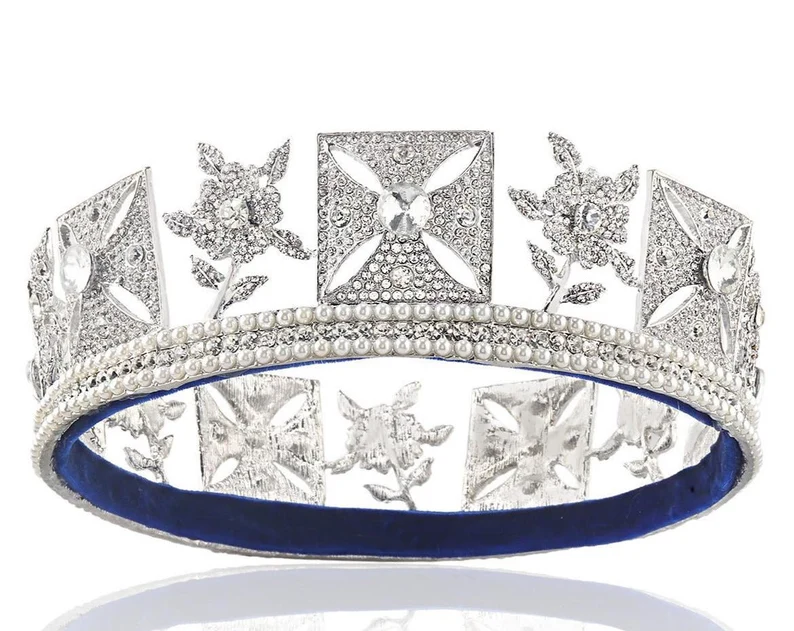
The crown is one of the lesser-known symbols of greed and is most popularly known as a symbol of power and authority.
Throughout history, the crown has been a potent symbol of kingship and rulership, with those who wear it seen as embodying the power and authority of the state.
However, because of monarchs who hoarded vast amounts of wealth or who abused their power for personal gain, the crown also symbolizes greed and desire.
Today, the crown remains a symbol of power and privilege, highlighting the dangers of unchecked greed and the need for greater accountability and transparency in governance.
11. Stock Market

The stock market has been a driving force of economic growth and innovation, providing a platform for businesses to raise capital and for investors to share in the rewards of their success.
However, it has also been associated with greed and speculation, with stories of investors who prioritize short-term profits over long-term sustainability or who engage in risky or unethical practices to maximize their returns.
The stock market remains a potent symbol of the dangers of unchecked greed and the need for greater oversight and regulation in the financial sector.
12. Oil Rig

The oil rig signifies greed, the exploitation of natural resources, and the pursuit of profit at any cost.
The oil industry has been a major driver of economic growth and development, providing energy and fuel to power the modern world.
However, the oil industry has also been associated with greed and environmental degradation, with stories of oil spills, pollution, and other negative impacts on ecosystems and communities.
The oil rig remains a potent symbol of the dangers of unchecked greed and the need for greater sustainability and responsibility in the use of natural resources.
13. Bank
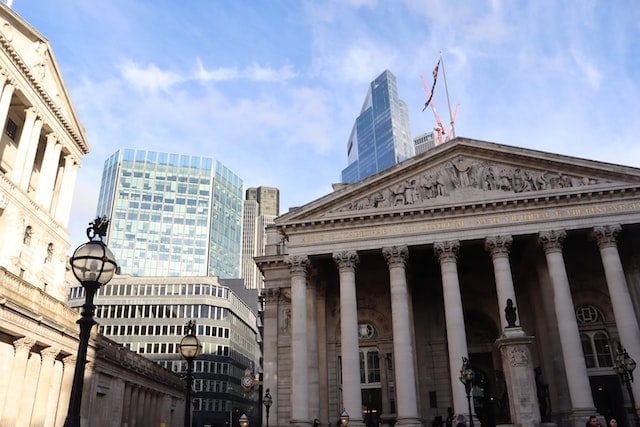
The bank has been a symbol of wealth and power for centuries, and its association with greed depends on the context in which it is viewed.
Banks have historically played a crucial role in the development of economies and the accumulation of wealth, but they’ve also been associated with corruption, exploitation, and inequality.
The origins of modern banking can be traced back to medieval Europe, where wealthy merchants and traders would lend money to monarchs and other powerful figures.
These early banks were often associated with usury and profiteering, leading to a negative perception of the banking industry that persists to this day.
In modern times, banks have become even more central to the global economy, with large multinational banks wielding immense power and influence.
While banks play a critical role in providing credit and financial services, they have also been accused of engaging in unethical practices such as predatory lending, money laundering, and tax evasion.
14. All-Seeing Eye

The all-seeing eye is a symbol that’s been used throughout history with various interpretations and meanings.
In some contexts, it has been associated with greed and power, while in others, it represents divine omniscience and protection. It’s one of those controversial symbols.
While some conspiracy theorists have associated the all-seeing eye with greed and the pursuit of power, this interpretation is not universally accepted. Instead, many see it as a symbol of protection, vigilance, and the search for knowledge and wisdom.
One of the most well-known depictions of the all-seeing eye is the Eye of Providence, which appears on the reverse side of the Great Seal of the United States and is often associated with Freemasonry.
This symbol has been interpreted in many ways, including as a symbol of the Christian God’s watchfulness, and divine providence, and as a symbol of the Enlightenment’s emphasis on reason and knowledge.
15. Scrooge McDuck

Scrooge McDuck is a fictional character from the world of Disney comics and cartoons, and the quintessential symbol of greed.
Created by Carl Barks in 1947, Scrooge is a wealthy and miserly old duck who hoards his money and is always looking for ways to increase his wealth.
Scrooge is often depicted as counting his piles of gold coins, and his obsession with money is a central theme in many of his stories.
He’s also known for his stinginess and his reluctance to spend his wealth on anything other than making more money.
Despite his negative traits, Scrooge is also a beloved character who has become an icon of the Disney universe. He’s also seen as a symbol of hard work, perseverance, and the American Dream, and his rags-to-riches story is often celebrated.
Overall, Scrooge McDuck can be seen as both a symbol of greed and a symbol of success, depending on how he’s portrayed and viewed by the audience.
Wrapping Up
Symbols of greed have been prevalent throughout history and continue to be relevant in modern society. Whether it’s the all-seeing eye, the diamond, or the stock market, these symbols represent humanity’s desire for power, wealth, and material possessions.
While some may view them as a negative influence on society, others may see them as symbols of success and achievement. It’s important to recognize and understand the significance of these symbols in order to have a deeper understanding of human nature and the values that drive our society.
Similar Articles:
Top 10 Symbols of Evil and What They Mean




